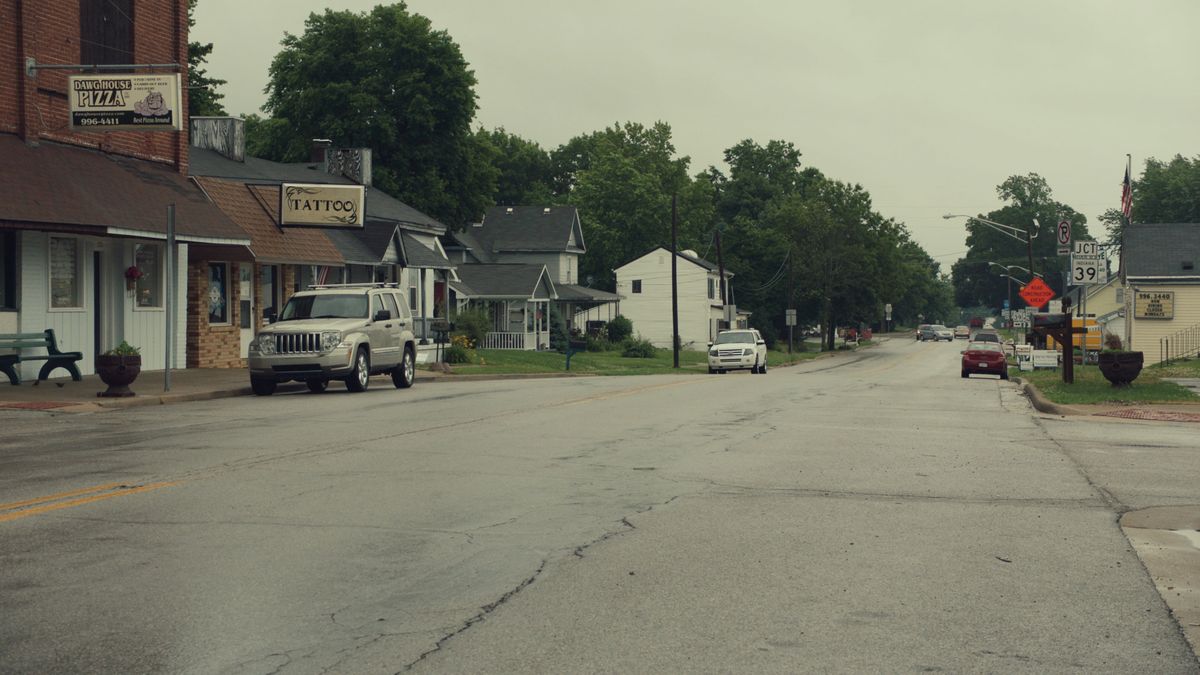
MPAA Rating: NR | Rating: ★★★★½
Release year: 2018
Genre: Documentary Director: Frederick Wiseman
This is my first Frederick Wiseman documentary. It will not be the last. From the opening images of Monrovia, Indiana, Wiseman’s intimate fly-on-the-wall documentary about the titular middle-America community, I was completely hooked. This is the transportive (and transformative) power of cinema, these moving images allowing us to see, experience, even feel the places and persons on the screen. Observational and comprehensive, Monrovia, Indiana is about as close as one can get to experiencing the community without simply going there.
Monrovia is a tiny town in the midst of farmland; its nearly-desolate main street is dotted with a handful of brick buildings. Wiseman’s camera moves about the community with a steady rhythm, the montage of images like a tour guide invited into every nook and cranny. What is striking is how Wiseman’s images feel deeply intimate without becoming invasive, revealing while still respecting the subjects. I was amazed at the openness of the community to even accept Wiseman to film some of these moments, such as a wedding or a funeral–we also witness town council meetings, tattoo parlors, cafe conversations, high school classrooms, a veterinary office, Lions’ club meetings, a Freemason ceremony, and stockyards of pigs. There aren’t the typical talking-head interviews, and apart from a few glances, people don’t seem to acknowledge the presence of the camera. It’s as if we’ve walked into the room as an invisible presence or a ghost; it is people-watching at its finest.
Other critics have discussed the possible political or ideological undercurrents of Monrovia, Indiana. In the past, Wiseman’s interests have centered mainly on urban areas, particularly New York, so turning his attention to a small town in the US Vice President’s home state in a post-2016 election world seems intentional. For all the speculation off camera about artistic intent, it seems to me that what happens on camera is only political in that it is a keen and interested look at a small polis, a body politic of individuals trying to live in community together. Like all cultures, this is community of rituals and liturgies, of norms and values, of mythologies and eschatologies. For example, in a long take we hear a teacher (or coach?) share a long sermon about a legendary local basketball player and Monrovia’s athletic history; a teen in the front row yawns and squirms with obvious disinterest, but this doesn’t seem to dissuade the teacher’s fervor. I don’t think it’s accidental that the opening and closing words in Monrovia, Indiana are spoken by clergy–this is a film fascinated by the spirit of this particular place and the people who have chosen to live there. The arguments in council and club meetings about the installments of benches or the unusable fire hydrants in a new neighborhood are just gripping, the thrill of the ordinary and mundane.
Sometimes people talk of a “God’s eye” view in cinema, typically where the camera is above the events like a hovering spirit, able to take it all in and observe from a deistic distance. I wonder a more theologically informed and incarnational approach to the term “God’s eye” view might be better evidenced in Wiseman’s style, where the camera is present in the thick of things, noticing and observing not from a distance but from up close with curiosity and delight, a cinematographic Emmanuel (God with us).
IMDB Listing: https://www.imdb.com/title/tt8749146/
Leave a Reply